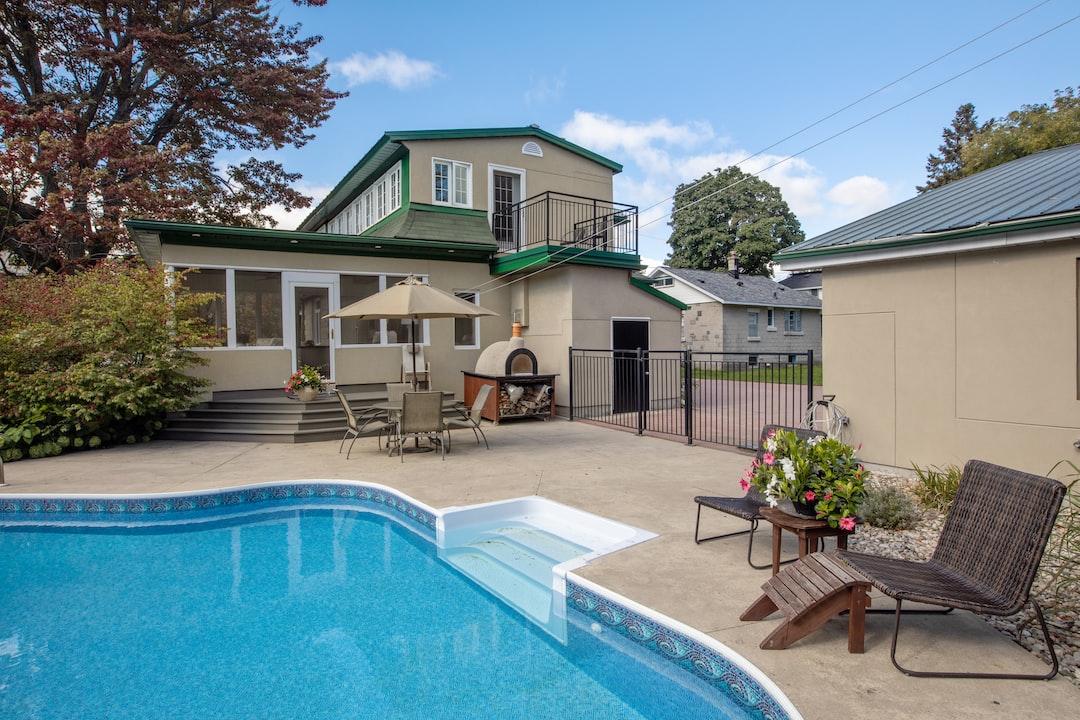
Tips for Finding the Perfect Neighborhood to Live In
Share0Tips for Finding the Perfect Neighborhood to Live In
Searching for a new place to call home can be an exciting yet overwhelming experience. There are so many factors to consider, from budget and amenities to safety and community vibes. The neighborhood you choose will greatly impact your daily life and overall happiness. To ensure you find the perfect neighborhood to live in, here are some helpful tips to guide you in your search.
1. Consider Your Priorities: Start by making a list of your top priorities. Think about what matters most to you, whether it’s being close to work, having good schools nearby, or easy access to recreational activities. This will help narrow down your search and avoid wasting time exploring areas that don’t align with your needs.
2. Research the Area Online: The internet is a valuable tool when it comes to researching potential neighborhoods. Look for neighborhood guides, real estate listings, and local forums to gather information about various areas. Pay attention to crime rates, emergency services, nearby amenities, and public transportation options.
3. Take a Stroll: Once you have identified a few neighborhoods that seem appealing, take the time to explore them in person. Walking around will give you a feel for the atmosphere, meet locals, and observe the general cleanliness and upkeep of the area. You can also check for the availability of parks, recreational facilities, shops, and restaurants.
4. Evaluate Safety: A safe neighborhood is a crucial aspect of any livable area. Look for neighborhoods with a low crime rate, well-lit streets, and visible security measures such as surveillance cameras. Online crime maps and speaking with local law enforcement officials can provide valuable insights into the safety of the neighborhood you are considering.
5. Assess Transportation Options: Before settling on a neighborhood, consider your commuting needs. Evaluate the proximity to public transportation options, such as buses or trains, and check for the availability of bike lanes or walking paths if you prefer an active mode of transportation. If you own a car, take a drive during rush hour to get a sense of traffic patterns and potential congestion.
6. Explore Amenities: Ensure the neighborhood has the amenities you value. These can include grocery stores, pharmacies, gyms, dining options, parks, libraries, and entertainment venues. The proximity of these amenities to your potential home will greatly impact your convenience and quality of life.
7. Check School Districts: If you have children or are planning to start a family, researching the quality of nearby schools is vital. Look into the school district rankings, visit the schools if possible, and inquire about extracurricular activities and educational programs. Great schools can enhance not only your child’s education but also the resale value of your home in the future.
8. Talk to the Locals: A neighborhood is not just about the physical environment but also the people who live in it. Strike up conversations with locals, whether it’s in nearby shops or during a casual visit to a local park. Ask them about their experiences living in the area, any concerns they may have, and what they love most about the neighborhood. This firsthand knowledge from residents can provide valuable insights that you won’t find online.
9. Plan for the Future: When choosing a neighborhood, think long-term. Consider your plans for the future, such as potential career changes or expanding your family. Look for areas with amenities and services that align with your long-term goals. A neighborhood with good potential for growth and development will likely yield a positive investment return in the future.
10. Trust Your Instincts: Ultimately, trust your instincts when choosing a neighborhood. Pay attention to how you feel when you’re in the area and visualize yourself living there. If something doesn’t feel right, listen to your gut. Our intuition often guides us towards making the best decisions for ourselves and our loved ones.
Finding the perfect neighborhood to live in requires time, research, and consideration. By following these tips, you can better navigate the search and increase your chances of finding a neighborhood that aligns with your lifestyle, preferences, and long-term plans. Remember, it’s not just about finding a house; it’s about finding a place you can truly call home.
